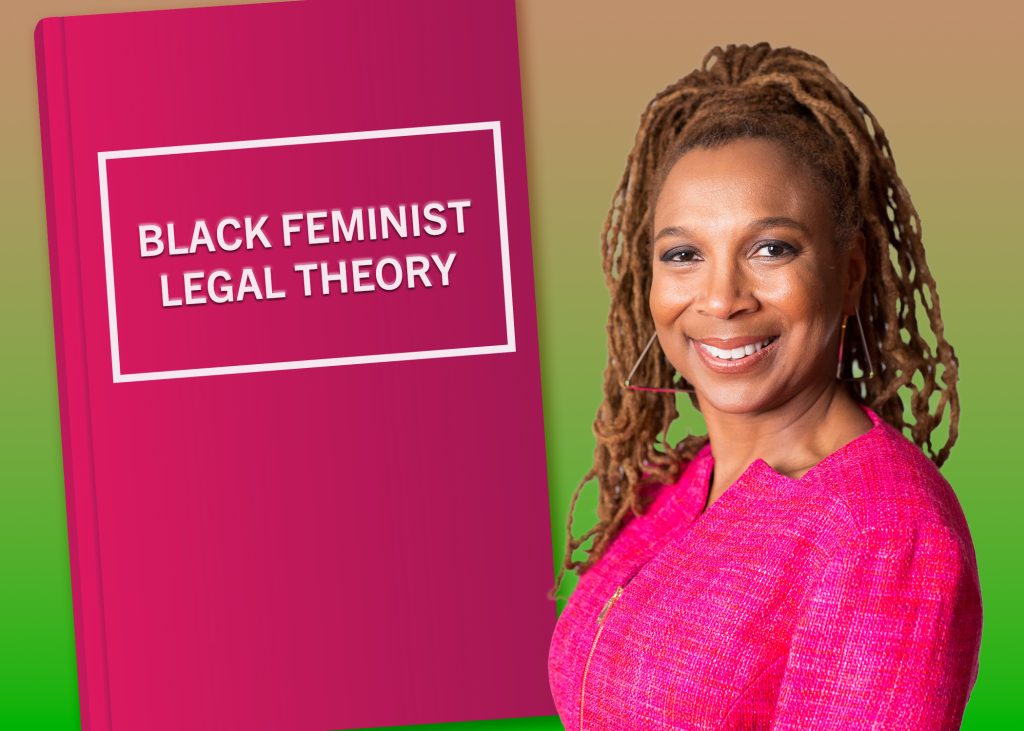Intersectionality and oppression
In the previous section, we were introduced to the concept of intersectionality.

The term intersectionality was coined in 1989 by Dr. Kimberlé Crenshaw, a Black feminist legal scholar, to analyze the experiences of Black women within the American legal system.
The term is today used much more broadly to discuss the ways in which our various social identities interact to impact our complex mix of social privileges and experiences of marginalization. For example, a White, working-class, autistic woman may experience privilege based on her race, but still encounter barriers due to her gender, socioeconomic status and neurodivergence, and her life experiences can’t be fully appreciated without understanding these identities’ intersections.
You will often hear scholars and advocates working in the areas of equity, diversity and inclusion speak of these barriers and disadvantages in terms of oppression (PDF).
This is a way of recognizing that the ranking of people and characteristics within these categories is not arbitrary, but part of much larger systemic social phenomena. For example, in Canada, colonization and white supremacy are major forces that underlie how racism is structured and operates, through oppressing those who are Indigenous as well as other racialized people, while privileging those who are White or White-passing.
A term used to describe a racialized person who is perceived by others as white, often due to their physical appearance. Being white-passing can sometimes result in access to unearned social advantages associated with whiteness, even though the individual may not identify as white. At the same time, it can create complex experiences related to identity, visibility, and belonging.

